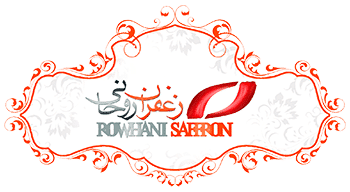The people of Hamedan cook jam from saffron petals
The head of the Research and Training Center for Agriculture and Natural Resources of Hamadan Province, announcing that no action has been taken yet to register the Hamadan saffron brand, said: This work needs to be done and in that case a specific brand can be registered for Hamadan saffron.
Qasem Asadian, stating the necessary measures for branding saffron in the province, added: Determining specific standards of saffron in well-equipped and reputable laboratories, setting the standard of packaging materials and determining the size of packaging are some of the things that can be done to brand Hamedan saffron.
Referring to the area under saffron cultivation and its sales in Hamedan, he said: The area under saffron cultivation in the province is 145 hectares, but due to the dispersion in the cultivation and sale of this valuable plant, there are no specific statistics.
The head of the Research and Training Center for Agriculture and Natural Resources of Hamadan province said about the amount of saffron cultivation in Iran and the share of Hamadan province in this cultivation: In Iran, an average of 250 to 300 tons of saffron is produced, of which 725 kg is supplied by Hamadan he does.
Expressing the problems in the province for cultivating this lucrative and valuable plant, he said: each kilogram of saffron needs to pick 170,000 flowers, which due to the lack of special machines for harvesting saffron in the province, has a high labor cost for the farmer.
Asadian further reminded: the lack of a union or company to collect saffron farmers in the province has caused a lot of fraud in this case and prevented the progress of saffron cultivation and sale in the province.
Emphasizing on easy cultivation and abundant use of different parts of saffron plant, he said: Saffron is the most valuable plant in the world and can be grown in different climatic conditions and use all parts of saffron for various purposes. This plant needs the least water for cultivation and can be cultivated in dryland.
Asadian, pointing out that Hamedan is a natural habitat of saffron and has a high potential for the development of cultivation of this plant, added: Due to the poor and semi-rich soil of the province, altitude, rainfall and semi-steppe conditions of the province to develop red gold cultivation Available in the province.
Regarding the measures taken by the Jihad-e-Agriculture Organization to encourage farmers to cultivate saffron, he said: Introducing the places approved by Jihad-e-Agriculture to buy saffron onions, guidance in the horticulture sector and the presence of a relevant expert are some of the measures taken by this organization.
In the end, the head of the Research and Training Center for Agriculture and Natural Resources of Hamedan Province clarified about the future action of this organization to use saffron petals for the first time in the province: In Hamedan, we use saffron petals for jam for the first time.







Get Social